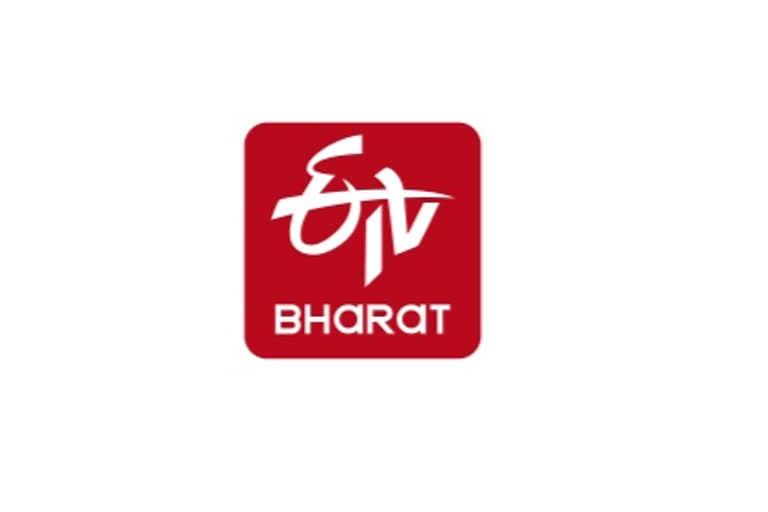Chennai (Tamil Nadu): From mapping lost cities in the deserts or under the ocean to weather prediction, advances in satellite imaging have become integral to everyday life. For mapping the ground from above, satellites employ synthetic aperture radar (SAR), which provides high-resolution data. Can the same be used in the field of bio-medicine? Yes, and the result is an affordable and portable ultrasound scan, which has very high accuracy. A professor at the premier Indian Institute of Technology IIT-Madras, Chennai, has developed this product.
Why SAR for an ultrasound scan?
Satellite imaging covers a huge area on the ground from the sky and the sharpness of the pictures depends upon the length of the antenna. It works by sending radar beams and receiving echoes. For example, to get a spatial resolution of 10 cm, a satellite would require an antenna of 4,250 m long (the length of 47 football grounds). SAR is a workaround for this, wherein sequences of acquisitions from a shorter antenna are combined to simulate a much larger antenna, providing high-resolution data.
Professor Arun Kumar Thitai of the Applied Mechanics (Bio-Medical) Department has used the same methodology to arrive at high-resolution data in ultrasound scans widely being used in hospitals to detect tumours and fibroids as well as the functioning of organs, especially in the abdomen.
“We have developed an ultrasound scan which could be manufactured with material available in the country. With very high resolution, it is more advanced and accurate than the scans employed at present in hospitals, providing more clarity. The frame rate of this scan is 16 times higher and more accurate than the existing ones as we have used calibrated materials,” explains Prof Thittai about his product.
Ultrasound scans in the hospitals across the country are not fully manufactured here and are mostly imported from abroad, he pointed out.
Unlike the conventional ultrasound devices which shoot a sound beam, targeting a particular area, in the case of Thitai's Advanced Synthetic Transmit and Receive Aperture (ASTARA) technology, beams are flooded upon a large area with sound beams so as to elicit a better resolution better than the imported ones.
An added advantage, according to him, is that the materials required for manufacturing his product are not costly.
“We can manufacture at a lower price and bring down the cost of the medical procedures requiring ultrasound scan without compromising quality. Further, the product being portable is a huge advantage and could be supplied to rural PHCs,” he says.



